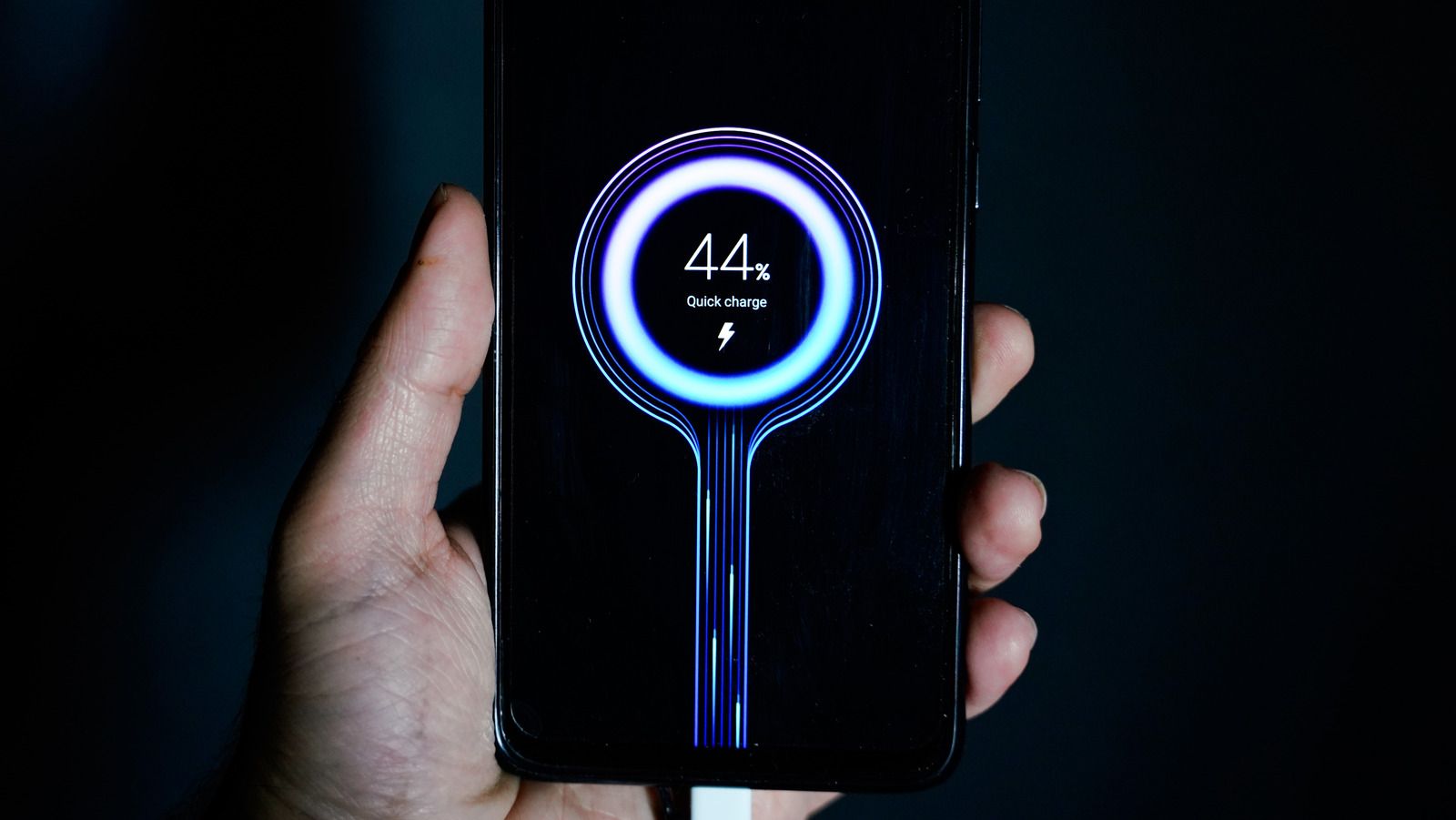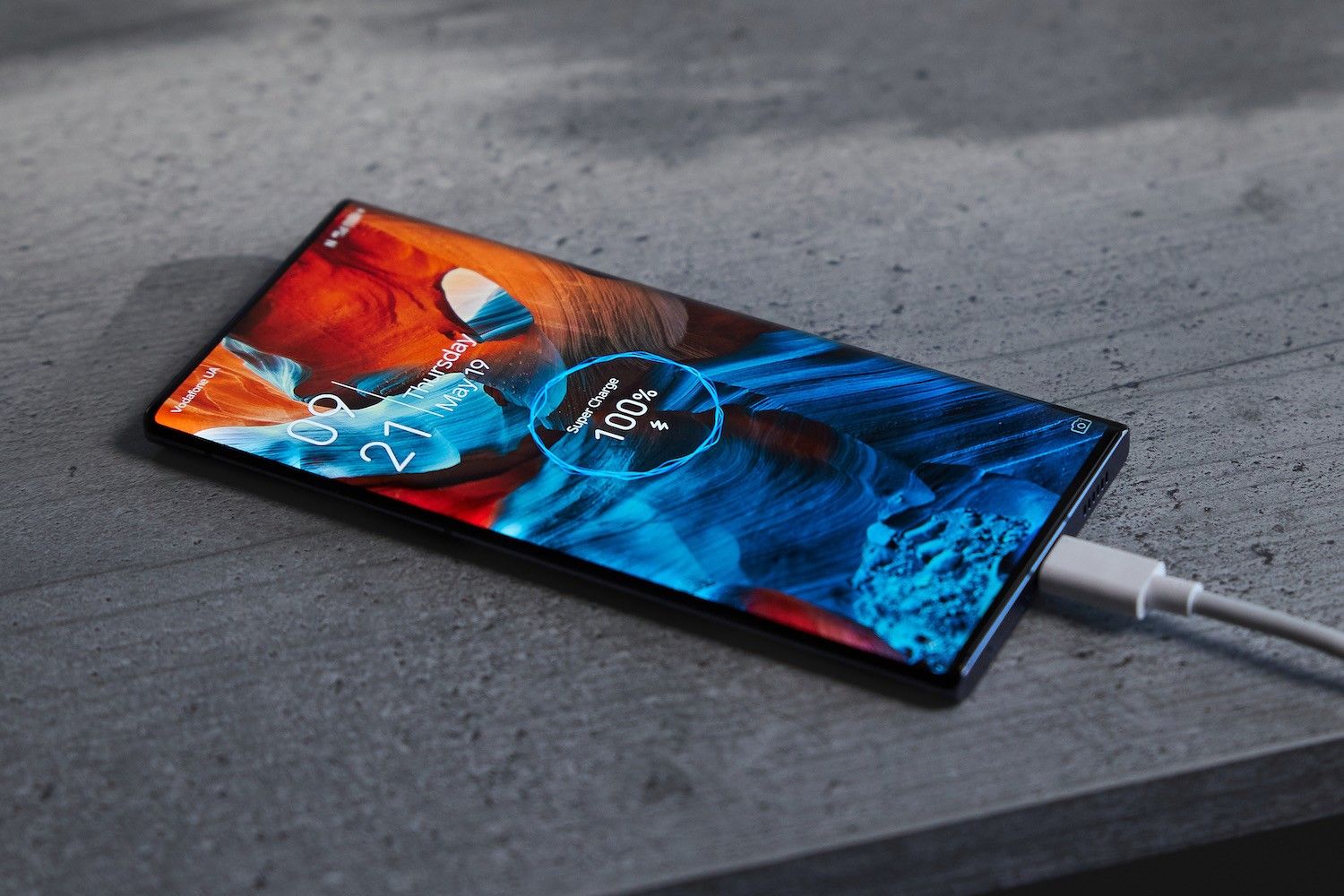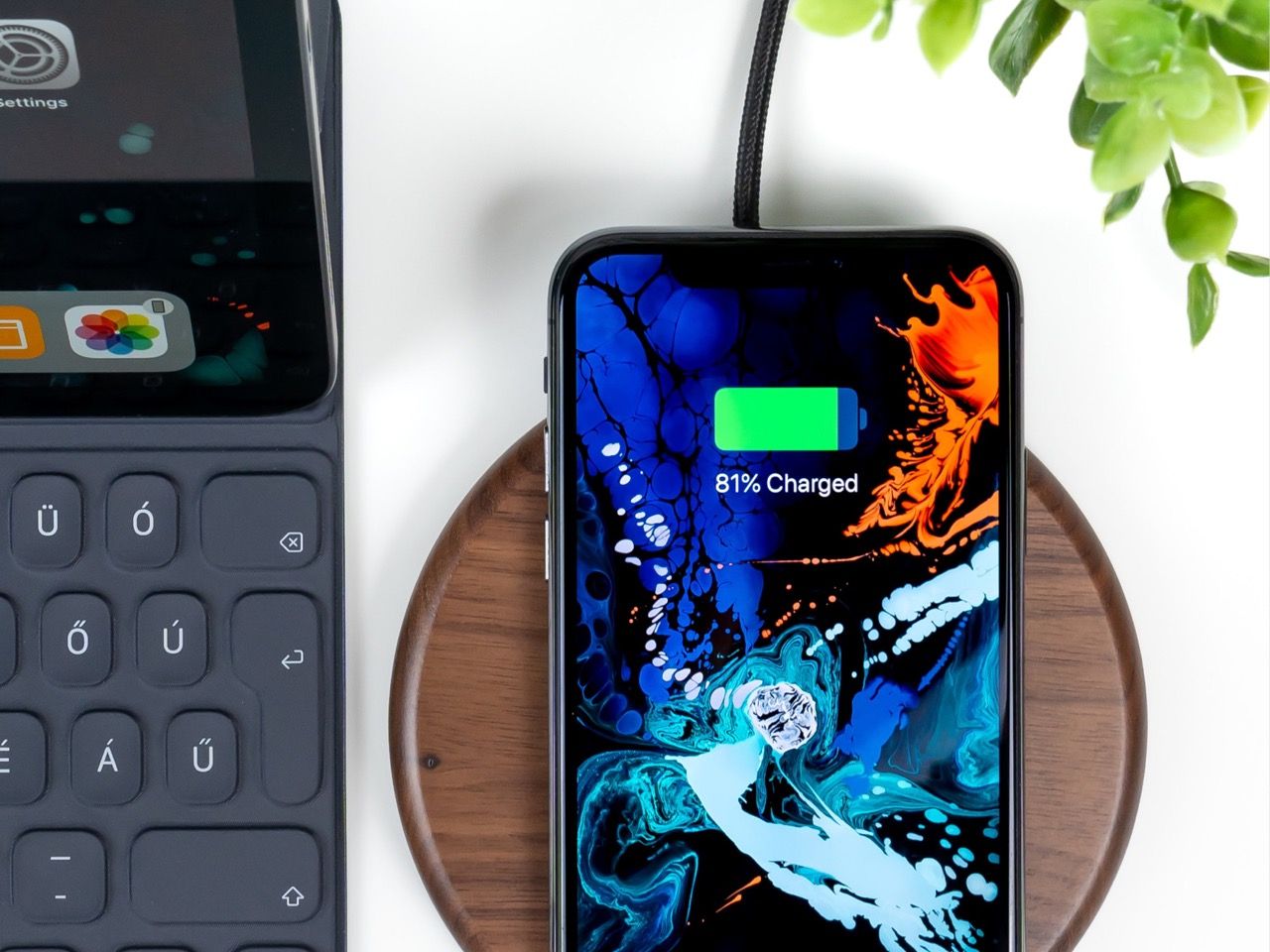In the world of smartphone technology, faster charging is often seen as a major selling point. It all started when Motorola introduced the Droid Turbo in 2014 with its Turbo Charging, and smartphone companies have been pushing the boundaries of fast charging since then. With the recent announcement that Realme will be releasing a 240W charging system for its Realme GT Neo 5 smartphone, it begs the question: when does fast charging become too fast?It's true that the convenience of being able to charge your phone quickly is undeniable. Who wouldn't want their phone to go from zero to fully charged in just a few minutes? But at what point does the pursuit of speed compromise the safety and longevity of our devices?
Look, the concept of fast charging is not new. In recent years, we have seen a range of charging technologies that claim to significantly reduce the time it takes to charge our phones. From Qualcomm's Quick Charge to Oppo's SuperVOOC, these technologies have made it possible for our phones to charge at speeds that would have been unimaginable just a few years ago.
But with the introduction of Realme's 240W charging system, we may be approaching a point of diminishing returns. While it's impressive that the company has been able to develop a charging system that can power a phone from 0-100 in just a few minutes, it's important to consider the potential consequences of such high levels of power.
With the introduction of Realme’s 240W charging system, we may be approaching a point of diminishing returns.
One concern is the impact fast charging can have on the battery itself. One of the issues with Lithium-ion batteries is that they operate in a very narrow range of temperatures. While they operate normally at room temperatures, high levels of charging power can massively increase the temperature of the battery — potentially leading to a phenomenon known as thermal runaway.
Thermal runaway, as one website describes it, is when the battery's internal temperature increases to the point where it can no longer be safely used. Chemical chain reactions start within the battery which cannot be stopped. This can leads to further heat generation and then all sorts of problems, including shortened battery life and even the risk of explosion.
Realme says it took steps to prevent this from happening. As per the shared post, the Realme GT Neo 5 will be equipped with 13 temperature sensors that will monitor the temperature and shut things down if necessary. To further ensure the safety and peace of mind of its users, Realme's charging protection features fireproof materials and has been certified for safety. The company even claims that the battery will retain 80% of its initial capacity after 1,600 charge cycles.
But while these measures may help to mitigate some of the risks associated with such high levels of charging power, it's still unclear what long-term effects they may have on the phone and its components. Given that 240W is an unprecedented level of charging power, it's difficult to predict how the phone will hold up over time.
Another issue that is often ignored with fast charging systems impact on the overall user experience — it's not as if all the fast charging systems are without drawbacks. For example, some fast charging systems can generate significant heat, which can make the phone uncomfortable to hold and potentially cause other issues.
Additionally, fast charging systems often require specialized chargers and cables. For example, Realme says the 240W charging will require use of its proprietary 12A cable, causing inconvenience for users who prefer to use their own or third-party accessories. It'll also cause inconvenience when a user breaks or loses the specialized cable. This can turn the experience from enjoyable to frustrating for a lot of users in a matter of seconds.
While we have companies pushing fast charging to 240W on one end, we have companies like Apple, on the other end of the spectrum. Apple iPhones have been stuck at 20W charging for the past few years now. While 20W charging may be considered fast by some standards, it falls behind many competitors that offer charging speeds that are significantly faster — even ten times as fast.
Given Apple's reputation for innovation, it's somewhat surprising that the company has not made more progress in this area. We expect that the next year's iPhone 15 series will improve on this front, especially with it moving from Lightning port to USB-C, but has been no rumor/leaks or official confirmation about this yet.
Apple's slower charging speeds may be a result of the company's focus on battery longevity and the overall durability of its devices. While fast charging can be a useful feature, it can also have negative effects on the battery, as mentioned above. Despite this, Apple may want to consider improving its fast charging capabilities in the future to keep up with the competition and provide more convenience for users.
Anyway, coming back to the main topic — when does fast charging become too fast? Ultimately, the decision will depend on the balance between convenience and safety. As smartphone technology continues to advance, it will be up to both manufacturers and consumers to decide where that line is drawn.
For some users, the convenience of being able to charge their phone in a matter of minutes may outweigh any potential risks or drawbacks. For others, the safety and longevity of their device may be more important, and they may be willing to accept longer charging times in exchange for a lower risk of problems.
Regardless of where you fall on this spectrum, one thing is certain: the demand for faster charging technologies is not going away anytime soon. As our reliance on smartphones continues to grow, so too does the need for quick and convenient ways to keep them powered up. And with the rapid pace of technological advancement, it's likely that we will see even more charging systems in the future that claim to be faster and more efficient than those that came before.
The key will be finding a balance between speed and safety. While it's important to continue pushing the boundaries of what's possible, it's equally important to ensure that our devices are safe and reliable over the long term. Only time will tell how the 240W charging system stacks up against this criteria, but for now, it's clear that the demand for fast charging technologies is not slowing down.
What do you think? Is 240W charging on smartphones a step too far, or is it a necessary evolution of technology? Leave a comment and let us know your thoughts.



